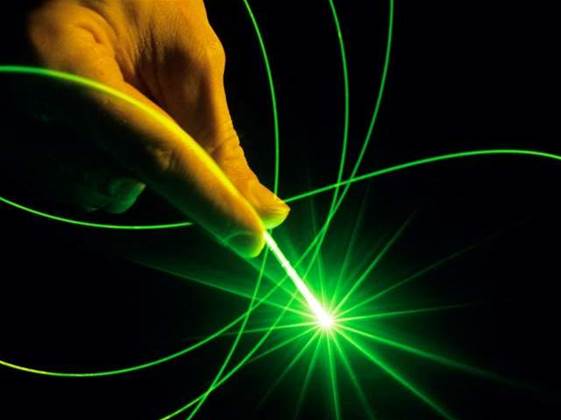
Developed by engineers at University of California, Berkeley, the new mirror packs the same 99.9 per cent reflective punch as current high-grade mirrors.
But the new mirror is at least 20 times thinner, functions in a considerably wider spectrum of light frequencies and is easier to manufacture.
The researchers believe that all these characteristics present "critical advantages" for today's ever smaller integrated optical devices.
Connie Chang-Hasnain, director of UC Berkeley's Center for Optoelectronic Nanostructured Semiconductor Technologies, developed the super-thin mirror, or 'high-index contrast sub-wavelength grating', with graduate students Michael Huang and Ye Zhou.
"Today's semiconductor lasers demand mirrors that can deliver high reflectivity, but without the extra thickness," said Chang-Hasnain.
"When you reduce the thickness of a mirror, you are significantly reducing the mass of the device, which also translates into lower power consumption. The mirror we've developed overcomes the hurdles that have stalled the advancement of certain lasers."
The UC Berkeley engineers used aluminium gallium arsenide for the high refractive index layer, coupled with a layer of air, which has a very low refractive index of 'one'.
In addition, the high refractive index layer contained grooves spaced by a distance less than a wavelength of light.
In this configuration, light hitting the mirror surface was directed over the grooves. As the light waves passed each semiconductor-air interface, they were strongly reflected back in the opposite direction.
"Reducing the size of the laser's mirror also means a dramatic reduction in weight," added Chang-Hasnain.


_(20).jpg&h=140&w=231&c=1&s=0)

.png&h=140&w=231&c=1&s=0)





 iTnews Executive Retreat - Security Leaders Edition
iTnews Executive Retreat - Security Leaders Edition











_(1).jpg&h=140&w=231&c=1&s=0)



